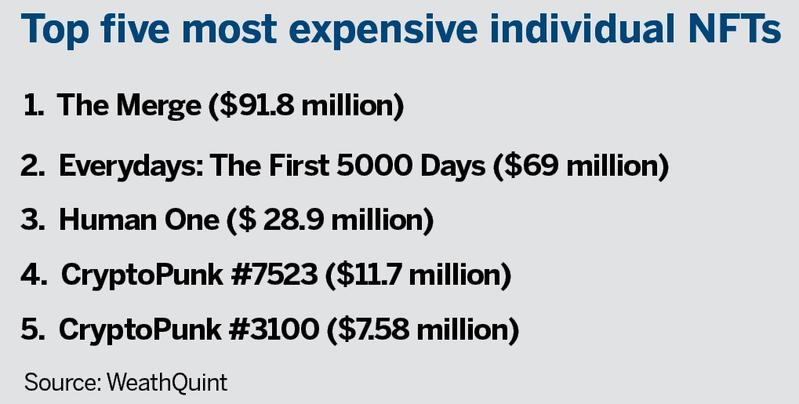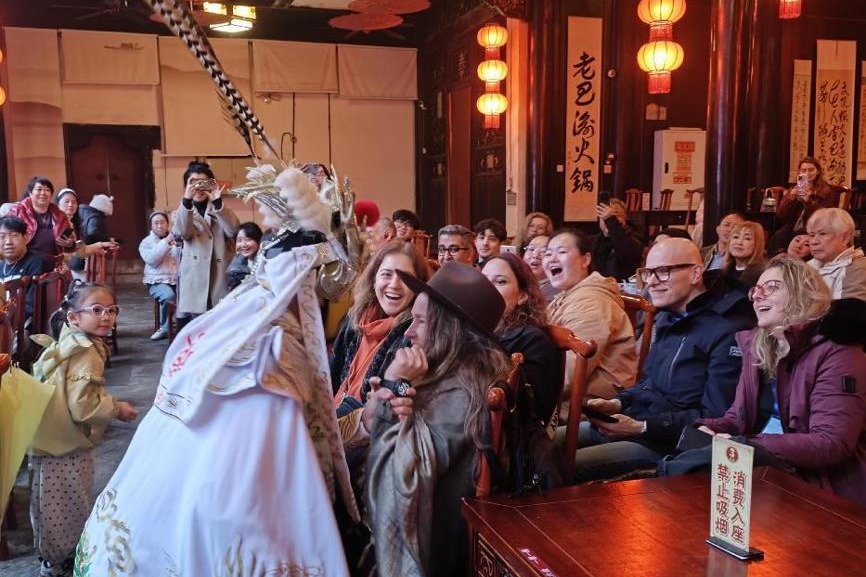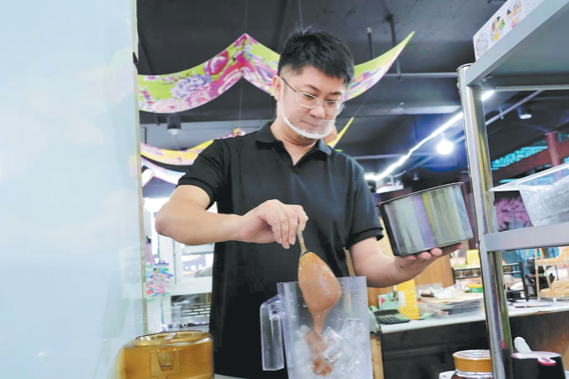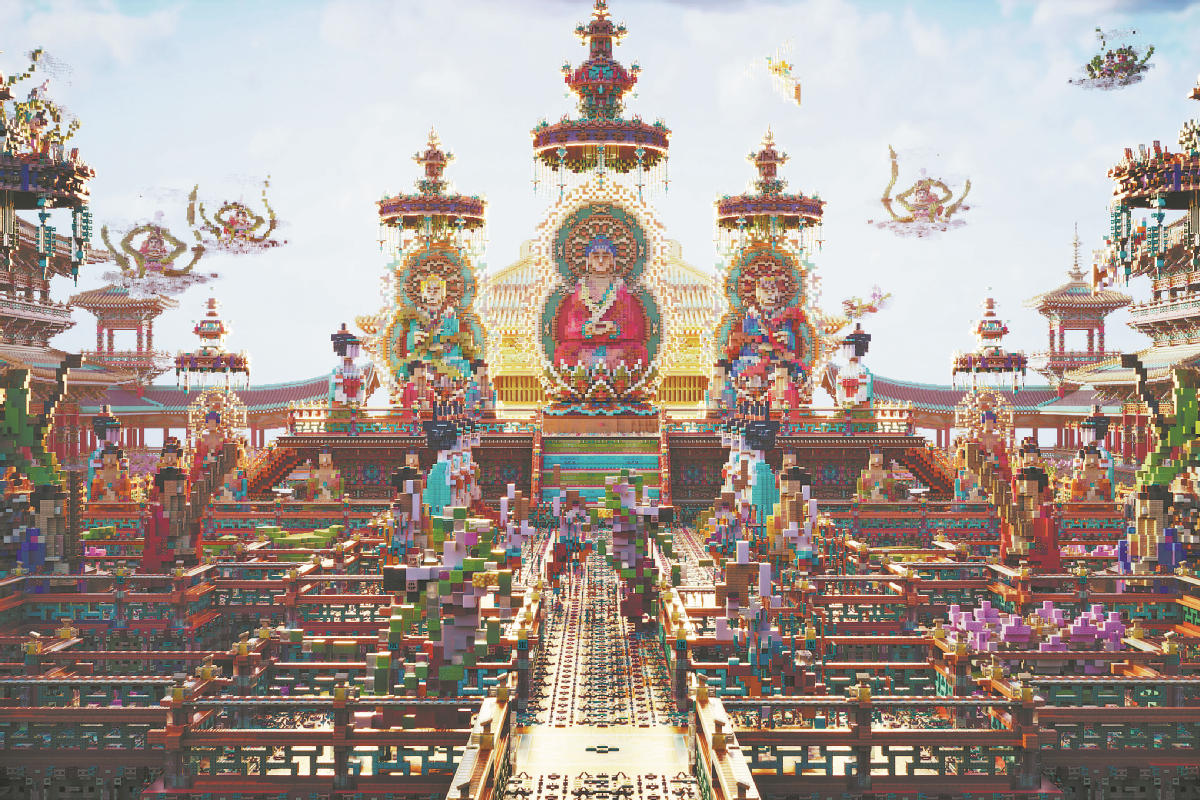Global art sales shift online, NFT prices soar


Digital copyright risk
NFTs cannot be a significant factor in the art market if laws and regulations to safeguard creators' intellectual property lag. Katarina Feder, vice president of the Artists Rights Society says that "although we have become increasingly adept at monitoring the digital landscape, by confronting illicit use of copyrighted images by issuing take-downs or retroactive licenses, it's still impossible for any person or entity to police all infringements".
Therefore, the Society is resorting to community-based solutions, "through a system of stakes and rewards — the collective is incentivized to monitor and report infringements". The Society is also educating the creators on what copyright is, and how to protect ownership.
It is a challenge to find the missing pieces of the NFT puzzle and put them together. With 40 years' experience in the art industry, Fabio Rossi, co-president of Hong Kong Art Gallery Association detects a dichotomy of collectors — those buying art as a financial investment, and those treating art as cultural value.
The former invests largely for monetary reasons, while the latter treat art collection as an exploration of humanity, cultures, personal growth, and connectedness of the past, present and future. "The two groups both grow, like two parallel universes," notes Rossi.
Art promotion
Art lovers in Hong Kong are well catered to by local galleries engaging the public. Artspace K, established in 2020, holds at least one monthly event, of lectures, workshops, and performances. Most are free. "By joining the event, the public develops a deeper understanding of the exhibits, stimulating their love for art," says Liz Pong, communications and development manager at Artspace K .
Rossi finds some collectors' fixation on the monetary aspect of art frustrating because "they are missing the intrinsic value of art, which is the connection with the artists, curators, and themselves". If there are more art academies, and more support from government for local artists, there will be more meaningful dialogue on art — not just from a financial viewpoint, asserts Rossi.
Although Hong Kong has dedicated ample resources for the public to appreciate art, Chu argues that art education should start from the formative years — that art education be included in the compulsory school curriculum.
Belin of Christie's says it will continue engaging audiences digitally, through optimized virtual presentation of art lots and hybrid sale formats. He is positive about the Asian market, particularly driven by the Chinese mainland's affluence and youth.
What's next
• Make art a compulsory subject from elementary school onwards
• Fund more art exhibitions and performances for public enjoyment
• Introduce art appreciation documentaries on social media
• Establish a task force to grow a healthy NFT ecosystem
- Research ward at children's hospital in Shanghai treats over 200 patients with rare diseases
- Chongqing symposium examines planning cities around sound, smell, touch
- Former Qingdao legislature chief under investigation
- Former Xinjiang prosecutor Guo Lianshan under investigation
- Shandong and SCO discuss trade, investment and supply chain cooperation
- China courts see surge in maritime cases, foreign disputes





































